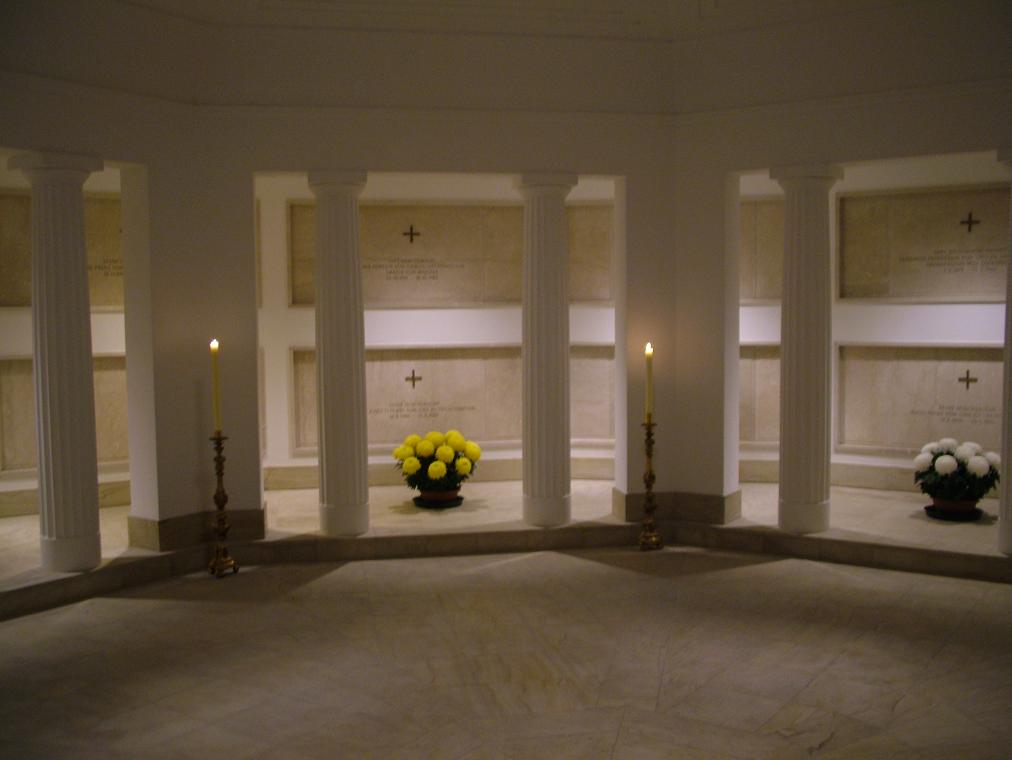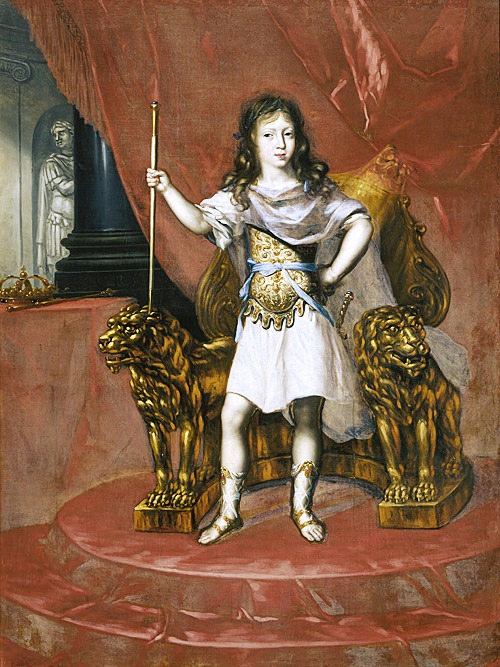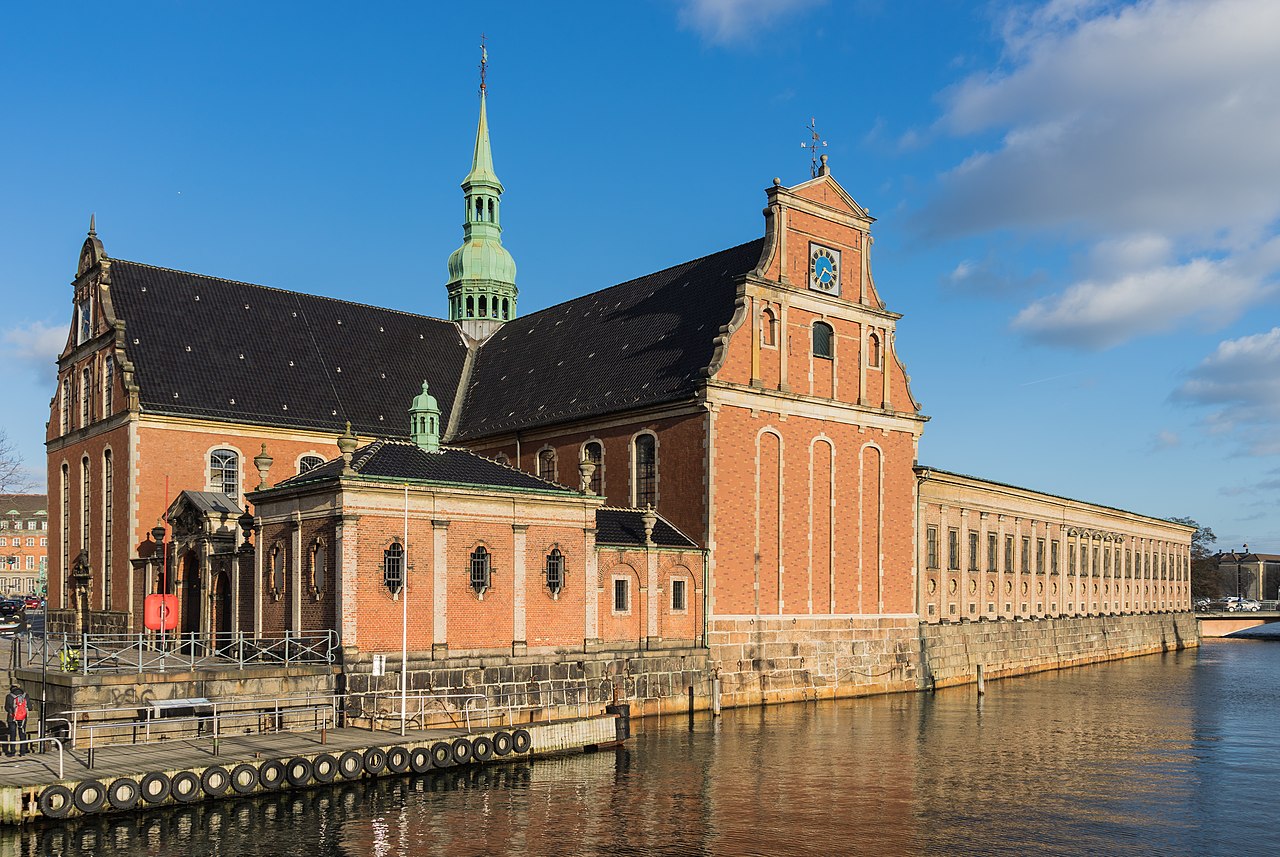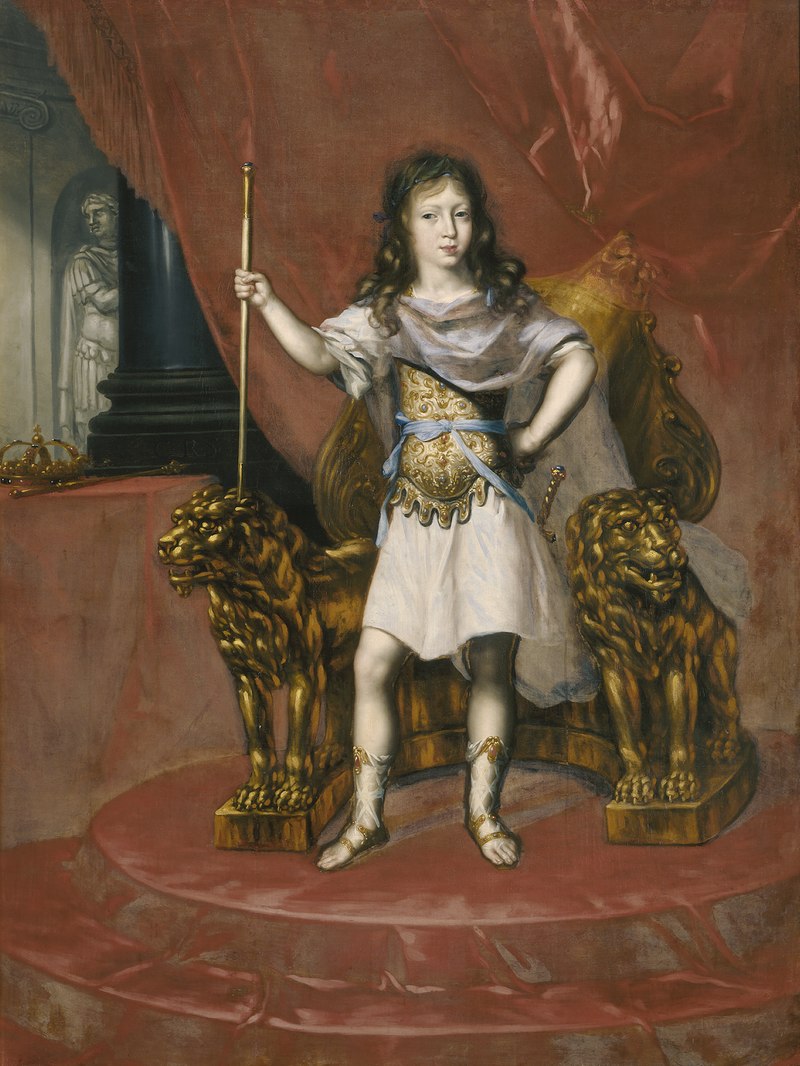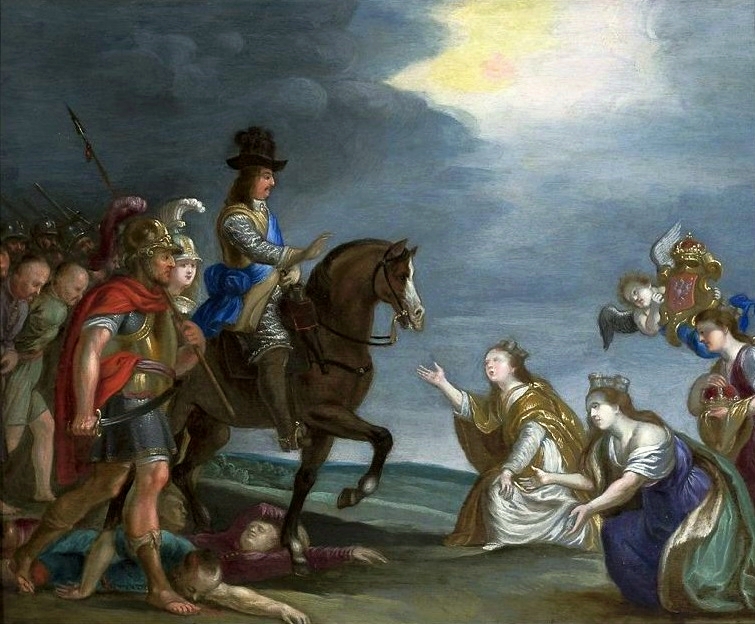by Susan Flantzer
© Unofficial Royalty 2021

Karl XII, King of Sweden; Credit – Wikipedia
Karl XII became King of Sweden at the age of fifteen and reigned for twenty-one years. After losing a decisive battle during the Great Nothern War in which he was wounded and lost one-third of his forces, Karl fled to the Ottoman Empire and remained there for five years. Upon his return to Sweden, he started an offensive military campaign and ultimately lost his life in battle. Karl XII, King of Sweden was the second of the seven children and the eldest and the only surviving son of the five sons of Karl XI, King of Sweden and Ulrika Eleonora of Denmark. He was born on June 17, 1682, at Tre Kronor Castle which was on the site of the current Royal Palace in Stockholm, Sweden. His paternal grandparents were Karl X Gustav, King of Sweden and Hedwig Eleonora of Holstein-Gottorp. Frederik III, King of Denmark and Norway and Sophie Amalie of Brunswick-Lüneburg were his maternal grandparents.

Karl, on the right, with his sister Hedwig Sophia; Credit – Wikipedia
Karl had six siblings but only his two sisters survived childhood:
- Hedwig Sophia of Sweden (1681 – 1708), married her first cousin Friedrich IV, Duke of Holstein-Gottorp and had one son, Hedwig Sophia and her husband were the paternal grandparents of Peter III, Emperor of All Russia
- Gustav of Sweden (1683 – 1685), died in early childhood
- Ulric of Sweden (1684 – 1685), died in infancy
- Fredrik of Sweden (born and died 1685), died in infancy
- Karl Gustav of Sweden (1686 – 1687), died in infancy
- Ulrika Eleonora, Queen of Sweden (1688 – 1741), married Friedrich V, Landgrave of Hesse-Kassel and had no children, she succeeded her childless brother and two years later abdicated the Swedish throne in favor of her husband who reigned as Fredrik I, King of Sweden
Karl’s mother Ulrika Eleonora was a very visible parent and active in raising her children. His father Karl XI gave orders that Karl was to receive a comprehensive education that would prepare him to be King of Sweden. Karl received instruction in riding, hunting, and fencing from his father. At the age of four, Karl’s mother began his academic instruction. He later received lessons in military science, foreign languages, math, geography, history, literature, and legal matters from specially selected tutors.

The fifteen-year-old Karl XII, King of Sweden; Credit – Wikipedia
When Karl was only eleven years old his mother Ulrika Eleonora died. Four years later, on April 6, 1697, his father died and the fifteen-year-old succeeded to the throne as Karl XII, King of Sweden. His paternal grandmother Hedwig Eleonora, who had been the Regent of Sweden for her son Karl XI, who became King of Sweden at the age of four, was also the Regent of Sweden for her grandson Karl XII. However, seven months later, on December 14, 1697, Karl XII proclaimed himself king and refused to continue with a regency. The Swedish Riksdag declared him to be of legal age. Karl XII’s grandmother Hedwig Eleonora was quite formidable and was the Dowager Queen of Sweden for 55 years. She remained visible in Swedish politics and society until her death and her grandson Karl XII had great respect for her. After the regency, Hedwig Eleonora continued with the upbringing of her three surviving grandchildren. Because of this Karl had strong ties to his grandmother and his two sisters.
For almost all of his reign, Karl XII led Sweden in the Great Northern War (1700 – 1721). He acted as the general of the army and achieved significant success for several years. However, a failed campaign in Russia in 1708 – 1709, drastically changed the situation. At the Battle of Poltava in July 1709, Karl XII was wounded and unable to lead the Swedish forces. One-third of the Swedish army was killed and the Swedish supply train was destroyed. The Swedish army was inferior to the larger and more modern army of Peter I (the Great) of Russia. After losing the battle, Karl XII fled south to the Ottoman Empire with a force of 1,000. The remainder of the Swedish army surrendered and most of them spent the rest of their lives in Russian captivity. The Swedish defeat at the Battle of Poltava marked the downfall of the Swedish Empire and the rise of the Russian Empire.
The injured Karl XII after the Battle of Poltava by Gustaf Cederström; Credit – Wikipedia
Karl XII remained in the Ottoman Empire for five years. The main reason for his long stay in the Ottoman Empire was that Karl hoped to persuade the Turks to open a second front against Russia in southern Europe, easing the military pressure on Sweden. The Turks initially welcomed Karl’s presence but after five years, they wanted him gone. During his five-year stay in the Ottoman Empire, Karl corresponded with his sister Ulrika Eleonora who was now his heir as his elder sister Hedwig Sophia died from smallpox in 1708. Over the years, Karl ruled his kingdom from the Ottoman Empire. Meanwhile, the Swedish Council of State and Riksdag tried to keep Sweden organized and independent. However, in the autumn of 1714, Karl received a letter warning him that unless he returned to Sweden, the Council of State and the Riksdag would independently conclude a peace treaty with Russia, Poland, and Denmark. Karl rushed back to Sweden on horseback making the journey in fifteen days.
When Karl returned home, he found Sweden at war with Russia, Saxony, Hanover, Great Britain, and Denmark. Karl planned to attack Norway which was ruled jointly with Denmark. He hoped that if he cut Denmark’s Norwegian supply lines the Danish forces would be withdrawn from Swedish territory. Karl invaded Norway in 1716, occupied the capital of Christiania (today’s Oslo), and laid siege to the Akershus Fortress but he was unsuccessful and was forced to withdraw.

Bringing Home the Body of King Karl XII of Sweden by Gustaf Cederström; Credit – Wikipedia
In 1718, Karl once again invaded Norway, laying siege to Fredriksten Fortress. On December 11, 1718, while in the trenches close to the perimeter of Fredriksten Fortress, 36-year-old Karl was hit in the head by a projectile that entered the left side of his skull and exited on the right side of his skull, instantly killing him. The invasion was abandoned and Karl’s body was returned to Sweden where he was buried at Riddarholmen Church in Stockholm.

Tomb of Karl XII, King of Sweden at Riddarholmen Church; Credit – Wikipedia
The exact circumstances of Karl’s death remain unclear. His body has been exhumed three times, in 1746, 1859, and 1917, in attempts to determine the exact cause of death. Despite multiple investigations of the battlefield, Karl’s skull, and his clothes, it is still uncertain how he was hit or whether the shot came from the enemy or his own forces.

Photo from the 1917 postmortem exam; Credit – Wikipedia
Karl XII never married. He had been encouraged to find a suitable wife to secure the succession but he avoided the subject of sex and marriage. After his death, his only surviving sibling Ulrika Eleonora claimed the throne. Her deceased older sister Hedwig Sophia had a son Karl Friedrich, Duke of Schleswig-Holstein-Gottorp, who had the better claim by primogeniture. However, Ulrika Eleonora asserted that she was the closest surviving relative of her brother and was recognized as his successor by the Riksdag. After a reign of two years, she abdicated in 1720 in favor of her husband Friedrich V, Landgrave of Hesse-Kassel who reigned as Fredrik I, King of Sweden.
This article is the intellectual property of Unofficial Royalty and is NOT TO BE COPIED, EDITED, OR POSTED IN ANY FORM ON ANOTHER WEBSITE under any circumstances. It is permissible to use a link that directs to Unofficial Royalty.
Works Cited
- De.wikipedia.org. 2021. Karl XII. (Schweden) – Wikipedia. [online] Available at: <https://de.wikipedia.org/wiki/Karl_XII._(Schweden)> [Accessed 11 September 2021].
- En.wikipedia.org. 2021. Charles XII of Sweden – Wikipedia. [online] Available at: <https://en.wikipedia.org/wiki/Charles_XII_of_Sweden> [Accessed 11 September 2021].
- Flantzer, S., 2021. Karl XI, King of Sweden. [online] Unofficial Royalty. Available at: <https://www.unofficialroyalty.com/karl-xi-king-of-sweden/> [Accessed 11 September 2021].
- Sv.wikipedia.org. 2021. Karl XII – Wikipedia. [online] Available at: <https://sv.wikipedia.org/wiki/Karl_XII> [Accessed 11 September 2021].





